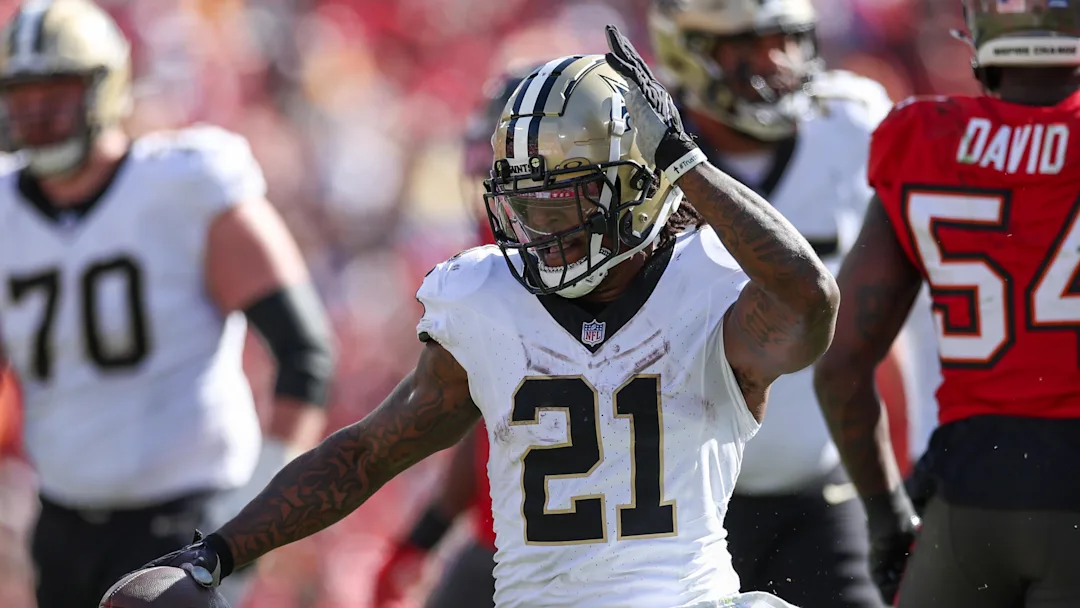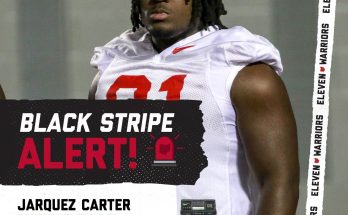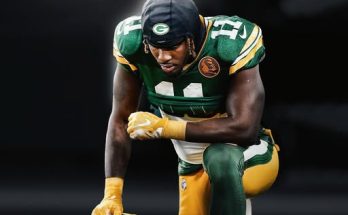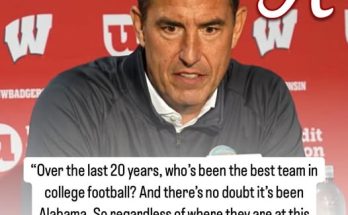Former running back for the Detroit Lions The New Orleans Saints released
Former Detroit Lions Running Backs Released by the New Orleans Saints: A Look Back
The NFL has seen its fair share of players who have bounced between teams, whether through trades, releases, or free-agent signings. For running backs, the transition between teams is often crucial to their careers. Some make lasting impressions, while others fade into the background after a brief stint with a new franchise. A few notable running backs have experienced time with both the Detroit Lions and the New Orleans Saints, playing vital roles for each team at different points in their careers.
In this article, we will explore the journey of several key running backs who spent time with the Detroit Lions, were later released or moved on from the New Orleans Saints, and examine their impact on the NFL.
1. Reggie Bush: A Tale of Promise and Disappointment
Perhaps one of the most high-profile running backs who fits this description is Reggie Bush, a former NFL superstar who played for both the Detroit Lions and the New Orleans Saints during his career.
Early Career: The New Orleans Saints
Reggie Bush entered the NFL as the second overall pick in the 2006 NFL Draft, selected by the New Orleans Saints. From the start, Bush was expected to be a dynamic playmaker, capable of making an immediate impact with his speed, agility, and versatility. The Saints quickly utilized him as both a running back and a pass catcher, giving him opportunities in the backfield and in the slot. He was a perfect fit for Sean Payton’s offense, which was designed to take advantage of the strengths of players like Bush.
During his time with the Saints, Bush made a significant impact. He was instrumental in the team’s Super Bowl XLIV victory in the 2009 season, helping to establish the Saints’ high-powered offense. Bush finished that season with 1,091 total yards and 7 touchdowns, providing a crucial spark for the offense.
However, injuries and inconsistencies plagued Bush’s career in New Orleans, and by the time the Saints won the Super Bowl, Bush had not quite lived up to the lofty expectations that came with being a top draft pick. After the 2009 season, the Saints made the decision to part ways with Bush, and he was traded to the Miami Dolphins in 2011.
The Detroit Lions
Bush’s career came full circle in 2013 when he signed with the Detroit Lions. At this point, Bush was entering his prime, but it was clear that he would no longer be the explosive player he had been earlier in his career. Nevertheless, Bush brought some much-needed stability to the Lions’ backfield, becoming a reliable pass-catching back for quarterback Matthew Stafford.
In his first season with Detroit, Bush ran for 1,006 yards and caught 54 passes for 506 yards, adding a dimension to the Lions’ offense that had been missing in previous years. However, Bush was unable to replicate this level of success in the years that followed. His production dipped, and by 2014, he was no longer the primary back for the Lions.
In 2015, the Lions released Bush after an underwhelming season, ending his tenure with the team. Bush’s release marked the end of his time in Detroit, and he ultimately announced his retirement from the NFL in 2017. Although his career didn’t reach the heights that many had anticipated, Bush is still regarded as one of the most versatile backs of his era.
2. Mike Bell: A Short Stint, But Key Contributions
Another running back who spent time with both the New Orleans Saints and the Detroit Lions was Mike Bell. Bell’s journey through the NFL was somewhat unorthodox, as he played for several teams during his brief career.
Early Career: A Strong Start in New Orleans
Bell first gained attention with the Saints, joining the team in 2006 as an undrafted free agent. His path to the NFL was not as conventional as others, but Bell quickly earned a role as a backup running back. Over the course of the 2006 season, Bell became known for his ability to run with power, taking advantage of the opportunities when they arose. While he didn’t become a long-term starter for the Saints, Bell’s contributions as a depth piece were noted during his time with New Orleans.
In 2009, Bell joined the Denver Broncos for a short time before being released and finding his way back to the Saints. After brief stints with the Eagles and Cardinals, he found a final opportunity with the Lions in 2010. However, Bell’s time in Detroit was limited, and he was eventually released after the 2010 season.
The Detroit Lions
Bell’s brief time in Detroit was not particularly memorable. He did not become a fixture in the Lions’ backfield and, like many running backs before and after him, struggled to carve out a significant role behind the team’s primary backfield options. His release from the Lions was not unexpected, and his NFL career ended shortly thereafter.
Despite his lack of long-term impact in both New Orleans and Detroit, Bell’s contributions to the Saints during his time there helped establish him as a solid but unspectacular backup, and he remains a name that some fans of the Saints and Lions will recall.
3. C.J. Spiller: A High-Draft Pick Who Couldn’t Find Consistency
Another noteworthy running back who spent time with both the New Orleans Saints and Detroit Lions was C.J. Spiller.
A Promising Start in Buffalo
Spiller was drafted by the Buffalo Bills in the first round of the 2010 NFL Draft, and he initially showed great promise. Known for his speed, explosiveness, and ability to break big plays, Spiller had some successful seasons in Buffalo, where he was able to display his versatility in both the running and passing game. His best year came in 2012, when he rushed for over 1,200 yards and 6 touchdowns, earning a Pro Bowl selection.
However, Spiller’s time with the Bills was marred by injuries, and he was ultimately released by the team after the 2014 season. He then joined the New Orleans Saints as a free agent.
Struggles with New Orleans and Detroit
Spiller’s time with the Saints was short and largely unremarkable. Despite high expectations, he was unable to carve out a major role in the Saints’ backfield, losing touches to more established players like Mark Ingram and Pierre Thomas. By 2016, Spiller was released by the Saints and moved on to a short stint with the Seattle Seahawks.
Although Spiller never made a significant impact in New Orleans, he later signed with the Detroit Lions in 2017 for a brief period. Like his time with the Saints, Spiller failed to make a lasting impression in Detroit. His brief stay with the Lions marked the final stop of his NFL career, which ended after a few lackluster seasons.
4. Other Running Backs Who Came and Went
There have been other running backs who spent short amounts of time with both the Detroit Lions and the New Orleans Saints, though their impact was limited. These players may have been backups, injury replacements, or part of a deeper depth chart, but they still contributed to the overall depth and competition in both teams’ backfields.
Conclusion: A Pattern of Transitions
The careers of former Detroit Lions running backs who were later released by the New Orleans Saints share a common thread: while some found success and played pivotal roles during their time with the Saints or Lions, others struggled to meet the expectations set for them. The NFL is a business, and for running backs—who often face short careers or injury issues—the transition between teams is sometimes necessary for finding success. Players like Reggie Bush may have had high hopes that never quite materialized, while others, such as Mike Bell and C.J. Spiller, experienced brief flashes of brilliance before fading into obscurity.
Regardless of the specific outcomes, each of these players represents a chapter in the ongoing story of the NFL, where the balance between promise, reality, and opportunity shapes the careers of even the most talented athletes.



